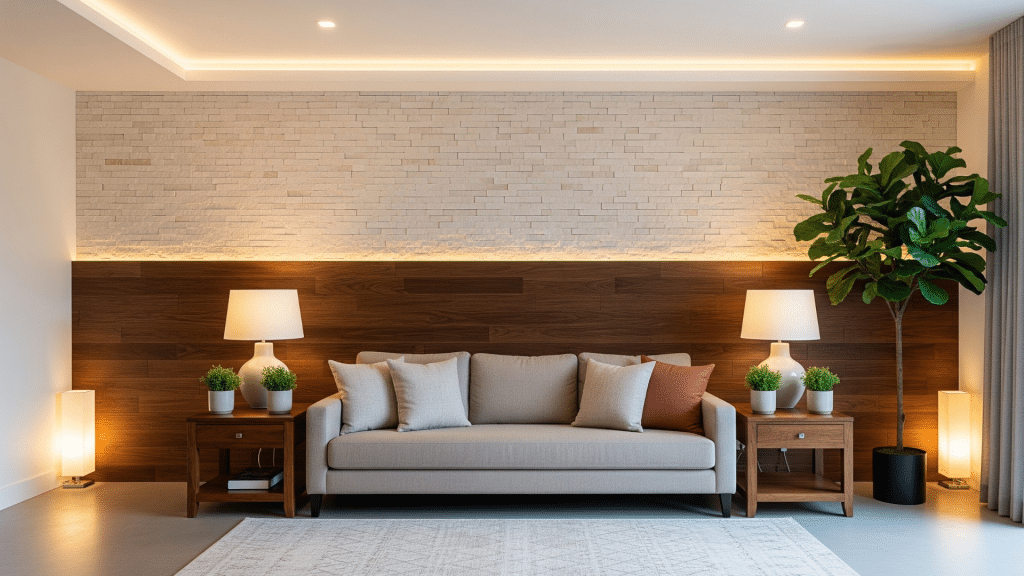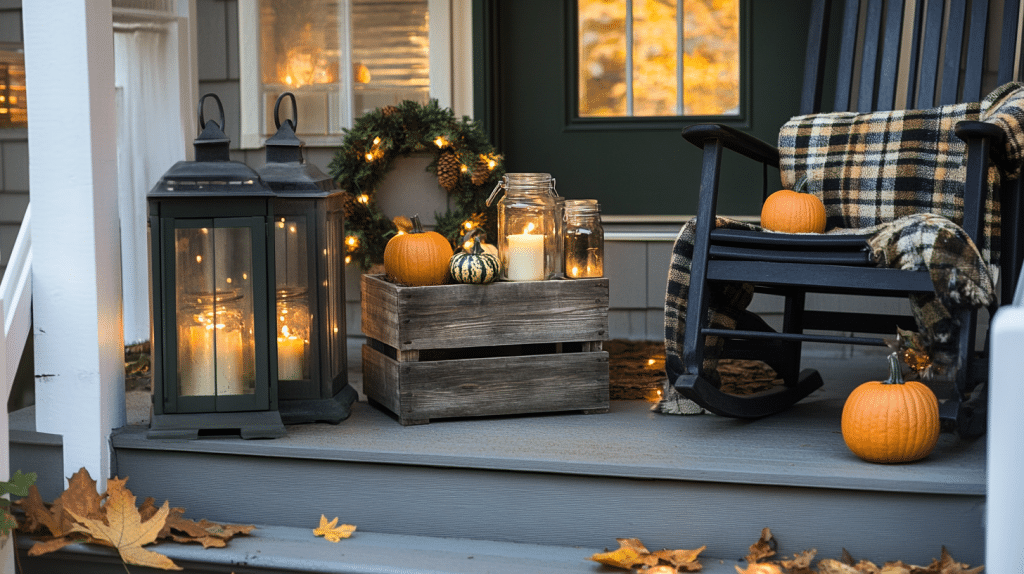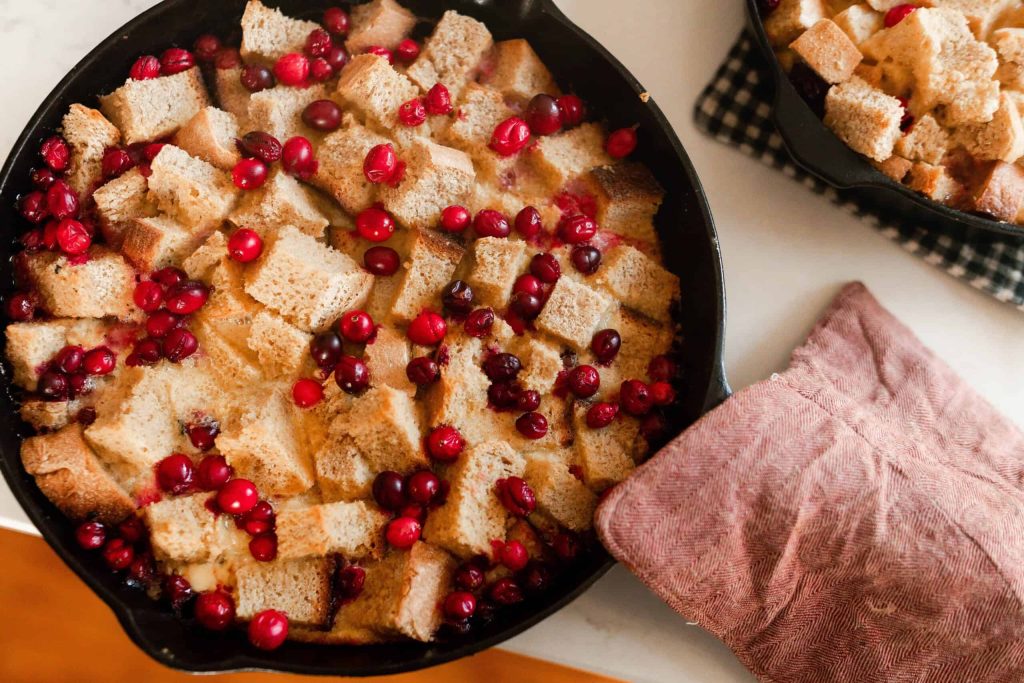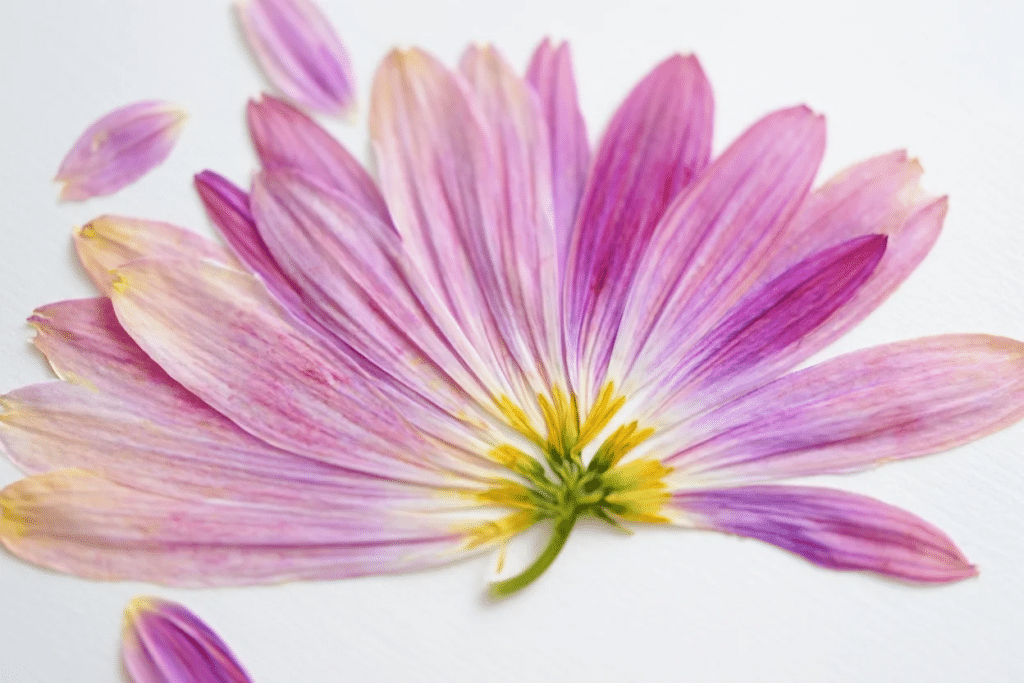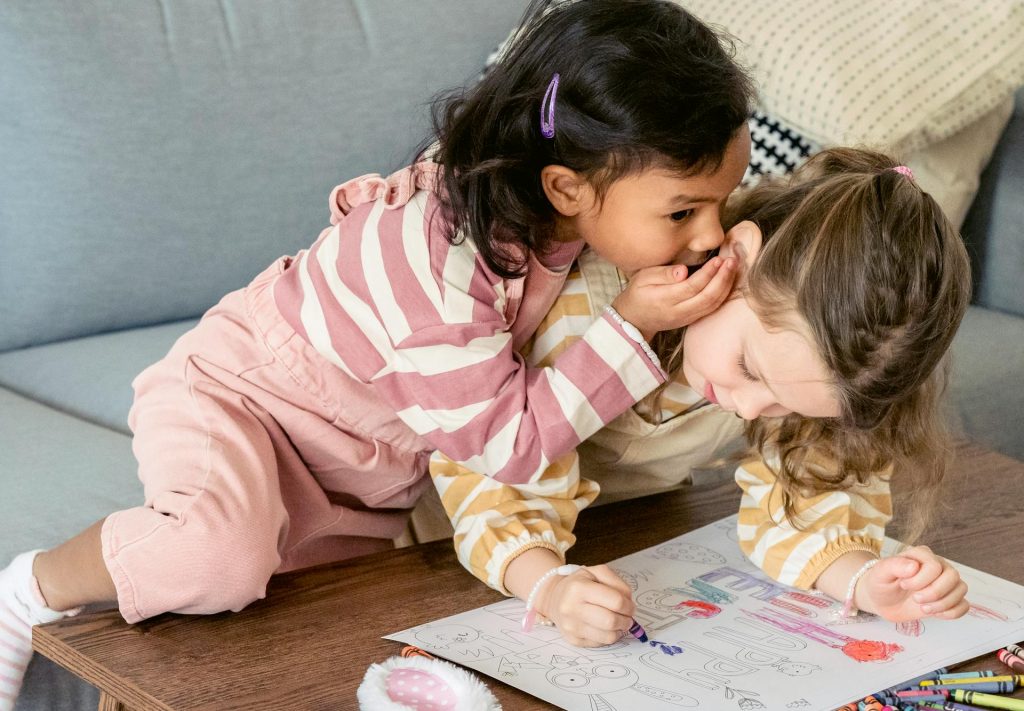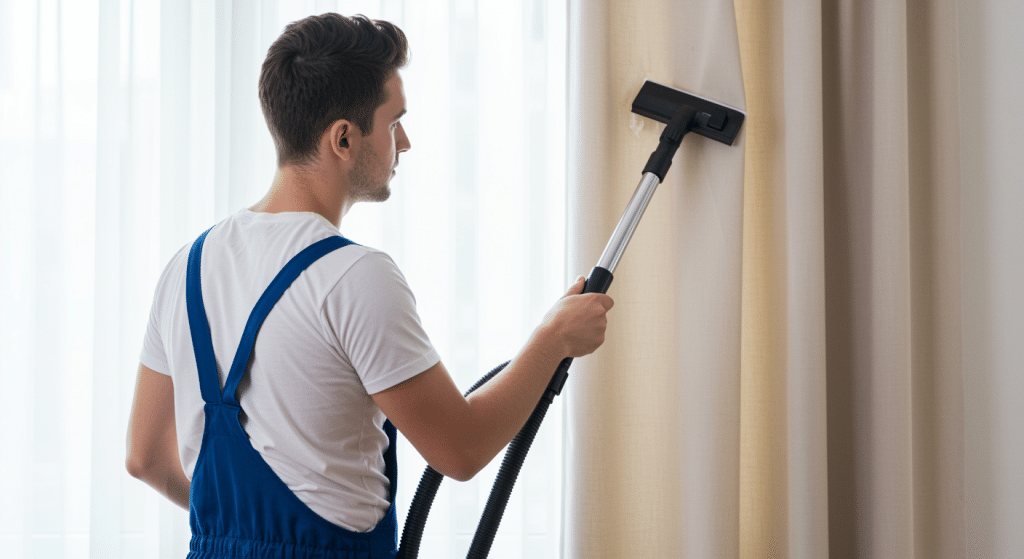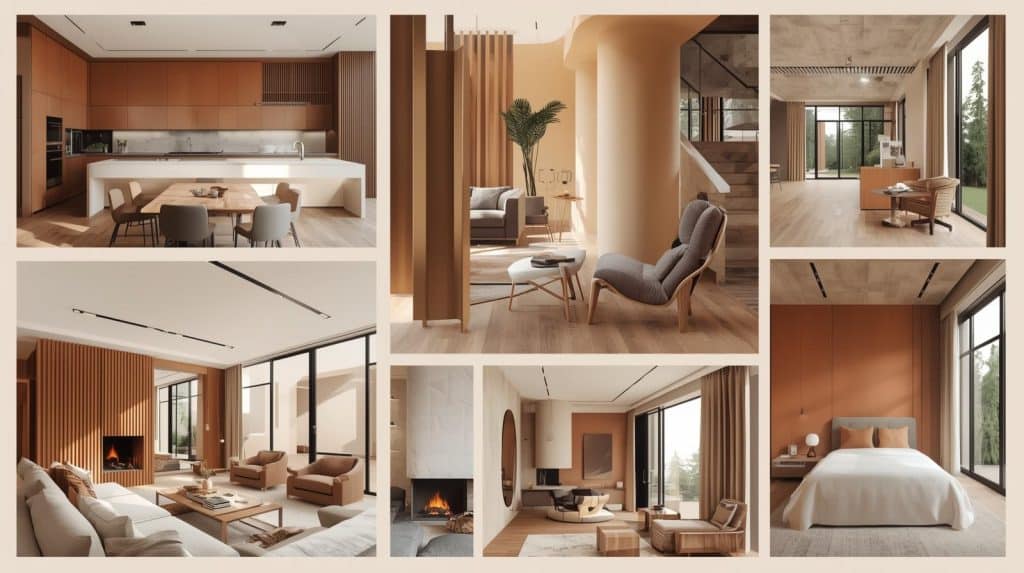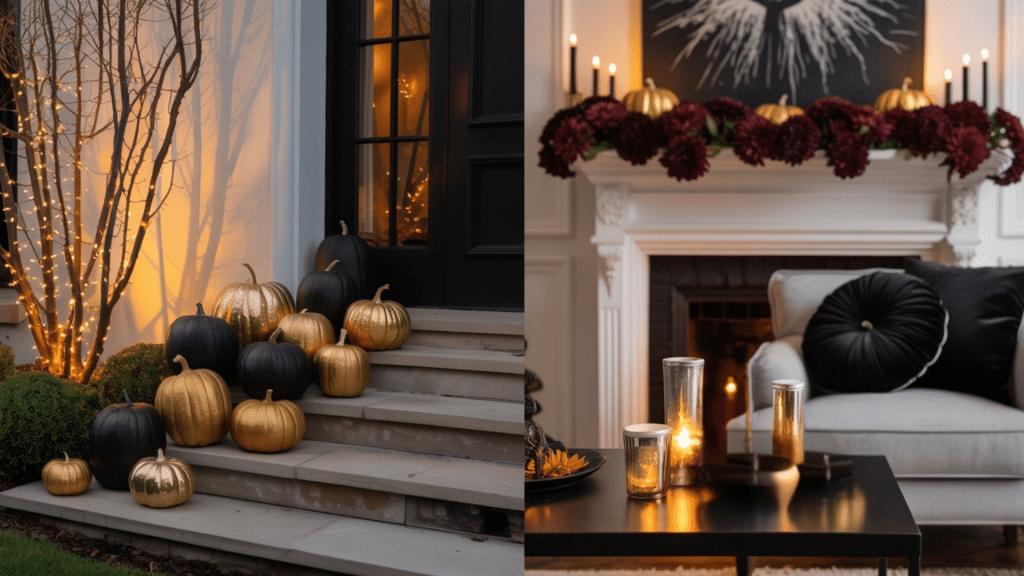I know you’re probably wondering if accent walls still have a place in modern homes, especially with all the design trends shifting so quickly. You might even be asking yourself, Are accent walls outdated?
The feature walls can absolutely work in today’s interiors, but only when they align with proper feng shui principles and smart design choices.
In this blog, I’ll show you exactly how to choose the right feature wall for your living room using ancient feng shui wisdom combined with contemporary design insights.
The Feng Shui Perspective on Accent Walls
When people ask me, Are accent walls outdated? I understand the confusion. The old approach of random bold colors is definitely outdated.
But accent walls have evolved. They’re now sophisticated tools for energy alignment.
In feng shui, we create feature walls with purpose. The right accent wall can:
- Direct positive energy through your room
- Ground excessive energy in busy spaces
- Create visual balance without overwhelming your senses
The Feng Shui Role of a Feature Wall in the Living Room
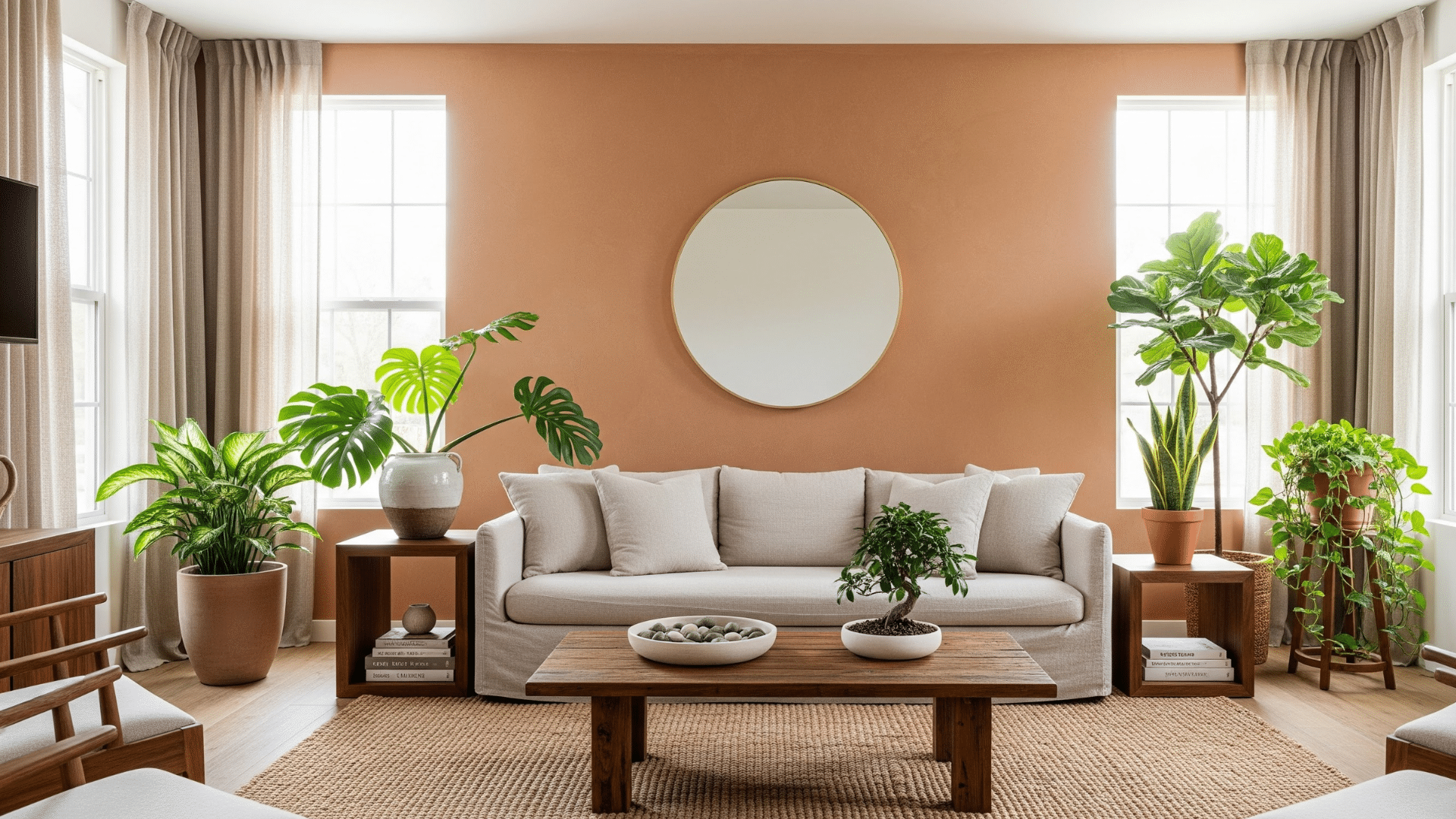
Your living room needs an anchor. And I mean that literally in feng shui terms.
A feature wall guides energy flow through your space. It tells chi where to go instead of letting it bounce around chaotically.
Zoning Your Space
The best spots are either behind your sofa or fireplace. These walls naturally define your seating area. They create what I call an energy pocket, a stable zone where people feel comfortable gathering.
When you walk into the room, your eyes go straight to that wall. That’s intentional. It focuses scattered energy into one powerful point.
Anchoring Energy
Natural textures are magic here. Stone, wood, or textured plaster ground excessive chi. They calm down rooms that feel too busy or overwhelming.
But some walls need to be energized instead. A fireplace wall might need activation through warmer colors or dynamic patterns.
Materials and Textures That Improve Feng Shui
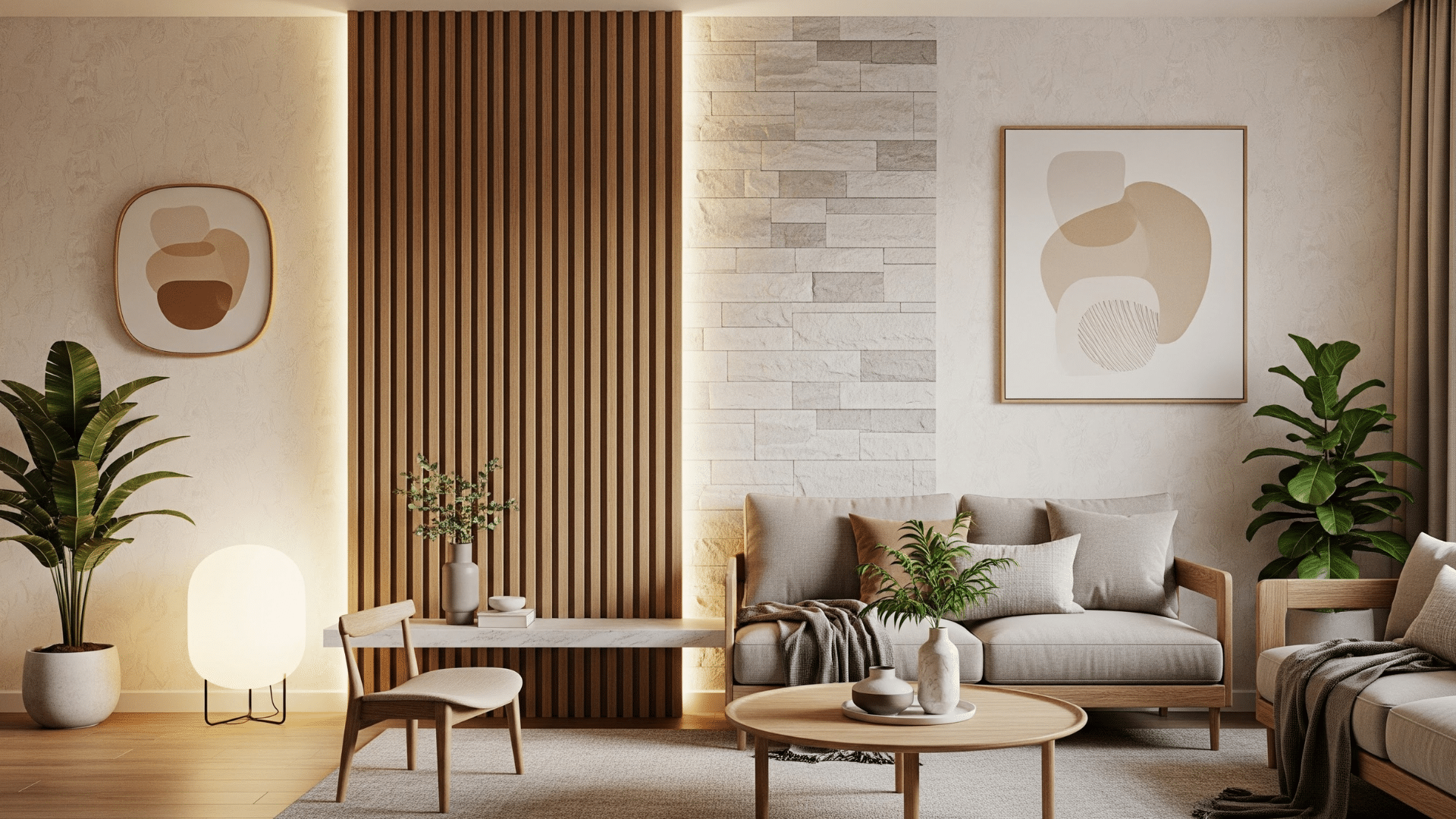
Not all materials are created equal in feng shui. Some bring calm, others create chaos.
1. Wood
It brings warmth without overwhelming your space. Reclaimed wood panels create authentic character, while cedar slats offer natural benefits.
The grain patterns add visual interest without being distracting. Wood also helps regulate humidity naturally.
2. Stone
It creates instant stability and grounding energy. I love natural stone veneer behind seating areas because it makes people feel secure and supported.
River rock, stacked stone, or smooth slate each brings different textures. Stone walls also provide excellent sound absorption.
3. Gentle wallpaper textures
These work beautifully when chosen carefully. Think linen-look papers or subtle grasscloth that add softness without visual noise.
Textured wallpapers catch light differently throughout the day, creating subtle depth.
4. Slatted wood panels
These are having a moment, and for good reason. They create rhythm and movement while staying calm and sophisticated.
The vertical lines can make ceilings appear higher, while horizontal slats make rooms feel wider.
5. Built-in cabinetry
It serves double duty perfectly. It provides storage and creates an intentional focal point that feels permanent.
Custom cabinetry can hide electronics, display books, or showcase meaningful objects.
6. Wainscoting or board-and-batten
It adds depth without screaming for attention. These classic treatments bring architectural interest that feels timeless rather than trendy. They also protect walls from everyday wear in high-traffic areas.
And while textures shape the energy of a space, pairing them with the right wall color is just as important. For example, if you’re working with grey as your base, the shades you combine with your grey walls can completely change the vibe.
Common Mistakes to Avoid
I see the same feng shui mistakes over and over. These outdated approaches disrupt energy flow instead of enhancing it.
- Harsh Single Colors: Skip that bright orange or electric blue wall. These jarring colors scatter chi instead of guiding it. Use earthier hues like warm terracotta or sage green instead.
- Busy Wallpapers: Chaotic patterns create visual noise that confuses your energy. Choose subtle textures like grasscloth or linen-look papers for calm sophistication.
- Bold Geometric Moldings: Aggressive shapes compete with your furniture. Replace with simple wood paneling or clean architectural lines that support your space.
- Overpowering Feature Walls: A wall so loud it dominates everything creates a feng shui imbalance. Tone down to warmer, grounding colors that complement rather than compete.
- Isolated Bold Paint: Don’t paint one wall bright while ignoring the rest; this creates energy whiplash. Create subtle cohesion across all walls with thoughtful accents that connect your space.
Conclusion
Your feature wall isn’t just decoration; it’s an energy tool. Modern accent walls work when they serve a purpose.
Focus on natural materials over trendy colors. Choose textures that ground your space, not overwhelm it. Position your feature wall where it naturally anchors your seating area.
Good feng shui feels effortless. Your guests shouldn’t notice the wall itself; they should just feel more comfortable in your room.


